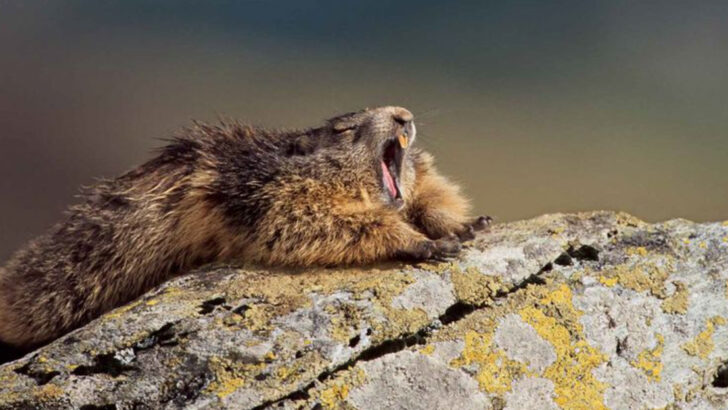When the world turns icy and food disappears, some animals hit the ultimate pause button—hibernation.
They slip into a deep, dreamy state where time slows, heartbeats drop, and survival becomes an art form.
From tiny creatures curled in cozy burrows to massive beasts buried beneath snow, hibernation isn’t just sleep—it’s nature’s masterstroke for beating the cold.
Each of these 21 animals has its own secret recipe for winter survival, blending biology and instinct in jaw-dropping ways.
Some slow their breathing to a whisper, others stash fat like pros, and a few even wake up just enough to stretch before drifting off again.
Ready to meet the masters of winter’s chill? Let’s explore these incredible sleepers and the wild strategies that keep them alive until spring’s sweet return.
Bear

Bears are known for their impressive ability to hibernate. Their heart rate and breathing slow significantly, allowing them to survive long periods without food. During hibernation, bears utilize fat reserves to maintain energy. Interestingly, they do not eat, drink, urinate, or defecate throughout this time.
Their body temperature drops slightly, but they can awaken quickly if disturbed. This incredible adaptation enables them to thrive in various climates.
Did you know? Some bears give birth during hibernation, ensuring their cubs are safe and warm before emerging in spring.
Hedgehog

The hedgehog’s spiny exterior isn’t just for protection—it’s also a vital part of their hibernation strategy. As temperatures drop, these creatures find secluded spots to hibernate, using their spines as insulation.
They enter a state called torpor, significantly lowering their metabolic rate. This allows them to survive on minimal energy reserves while avoiding predators.
Fun fact: Hedgehogs often return to the same hibernation spot each year, showcasing their impressive memory and survival instincts.
Groundhog
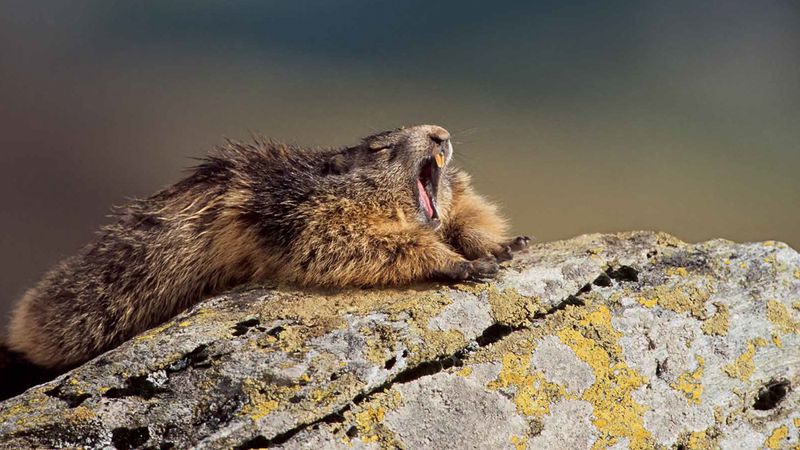
Groundhogs are perhaps most famous for their weather-predicting abilities, but their hibernation habits are equally fascinating. These creatures build extensive burrows, where they retreat for winter.
During hibernation, their body temperature drops dramatically, and their heart rate slows to just a few beats per minute.
Their burrows provide protection from the cold and predators, ensuring a safe hibernation period. A quirky fact: Groundhogs can lose up to half their body weight while hibernating, but they quickly recover in the spring.
Bat

Bats, often associated with spooky tales, have a lesser-known side—they are master hibernators. Many species seek out caves or abandoned buildings for hibernation, hanging upside down in large groups.
Their heart rate can drop from hundreds of beats per minute to only ten. This drastic reduction allows them to conserve energy during winter months.
A fascinating tidbit: Bats are known to wake periodically during hibernation for brief periods of activity, then return to their slumber.
Turtle

Turtles have a unique approach to hibernation, known as brumation. Unlike mammals, turtles’ metabolic processes slow significantly, allowing them to survive underwater without breathing.
They bury themselves in mud at the bottom of ponds or lakes, where temperatures remain relatively stable.
Here’s an interesting note: Turtles can absorb oxygen through their skin while submerged, a remarkable adaptation that ensures their survival in cold conditions.
Snake
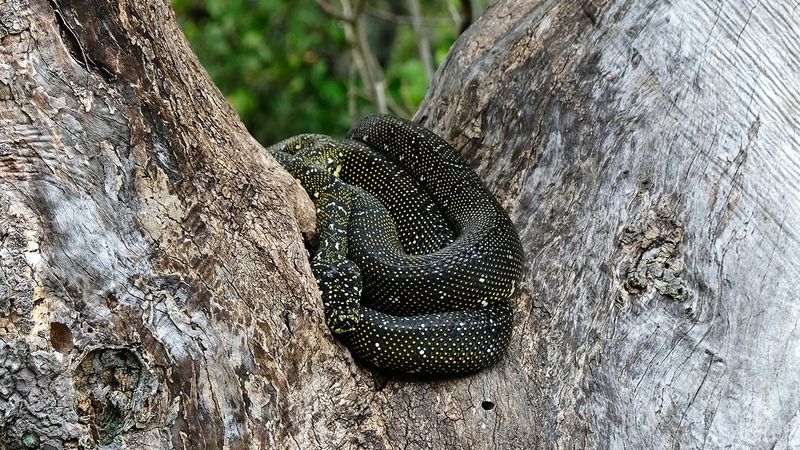
Snakes, cold-blooded by nature, seek refuge in rock crevices or burrows to escape the winter chill. They enter a state similar to hibernation called brumation, where activity levels drastically decrease.
In this dormant state, snakes rely on stored energy to survive, requiring little to no food until spring.
Did you know? Some snake species congregate in large numbers, sharing warmth and enhancing their chances of survival.
Frog

Frogs, particularly those in temperate climates, have adapted remarkable methods to endure winter. Some species burrow into the mud of ponds, while others seek shelter beneath leaf litter.
During hibernation, they rely on stored glycogen to fuel their basic bodily functions.
A captivating fact: Some frogs produce a natural antifreeze in their bodies to prevent ice from forming in their tissues, safeguarding their survival until spring.
Dormice
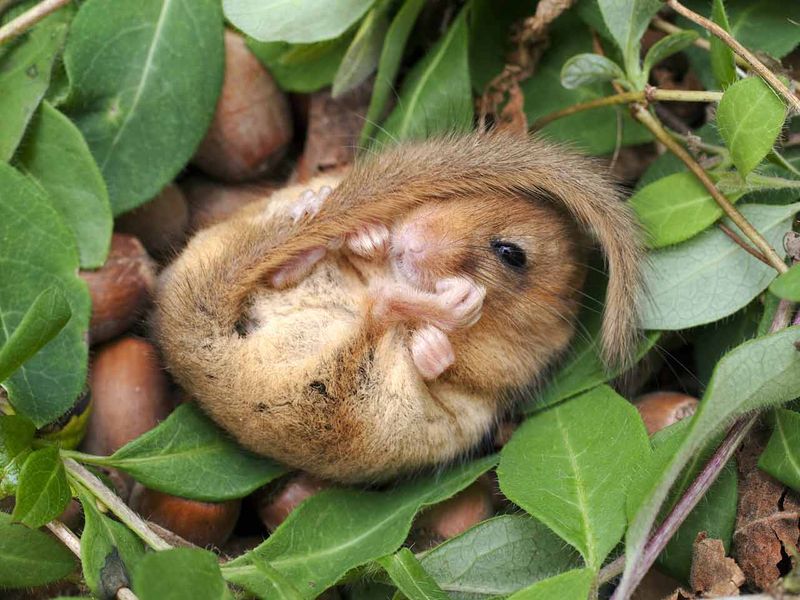
Dormice are tiny creatures with big survival strategies. As the temperature drops, they enter hibernation, curling up in nests made of leaves and moss.
Their heart rate drops drastically, conserving energy for several months. Dormice are known to awaken periodically during hibernation to eat stored food.
A fun fact: Dormice have been found hibernating for up to half the year in some regions, making them true sleep champions of the animal world.
Ladybug

Ladybugs, often seen as symbols of good luck, gather in large groups to hibernate. They seek out sheltered places like tree hollows or under rocks.
This communal hibernation helps maintain warmth and increases their chances of survival through the cold.
Did you know? Ladybugs can produce a chemical that deters predators, even while they are hibernating, adding an extra layer of protection.
Chipmunk

Chipmunks are adept at preparing for winter by gathering and storing food in their burrows. Unlike true hibernators, they enter a state of torpor, waking periodically to eat from their stash.
Their body temperature and heart rate drop, but they remain semi-active throughout the season.
One fascinating tidbit: Chipmunks can store a remarkable amount of food in their cheek pouches, ensuring they have ample supplies during the cold months.
Lizard

Lizards, being ectothermic, must find creative ways to survive winter. Many seek out crevices or burrows to avoid freezing temperatures, entering a state of brumation.
Their movements slow significantly, and they rely on stored energy to endure the season.
An interesting note: Some lizard species have been observed sunning themselves briefly on warmer winter days, taking advantage of any available heat.
Badger
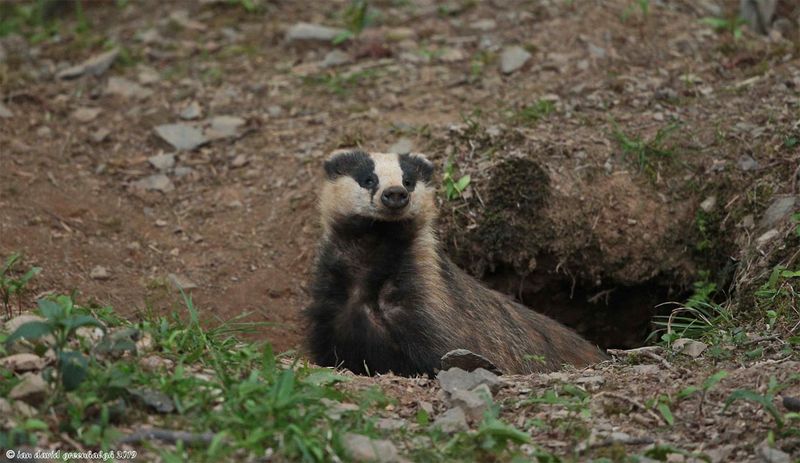
Badgers are known for their robust builds and impressive digging skills. In preparation for winter, they create extensive burrows called setts, where they hibernate.
Although not true hibernators, badgers enter a state of dormancy, occasionally waking to search for food.
Did you know? Badgers have been known to share their setts with other animals, creating a unique community environment during the winter months.
Alpine Marmot
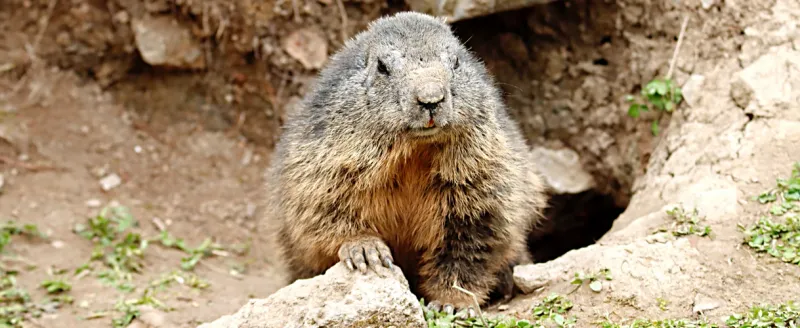
Residing in cold, mountainous regions, the Alpine marmot is a master of hibernation. It spends the summer months building up fat reserves and preparing a warm burrow to withstand the winter’s chill.
During hibernation, these social animals share their burrows in groups, huddling together for warmth. By significantly slowing their heart rates and reducing body temperature, they conserve energy until spring’s arrival.
Did you know? Alpine marmots can drop their heart rate to as low as five beats per minute during hibernation.
Common Poorwill
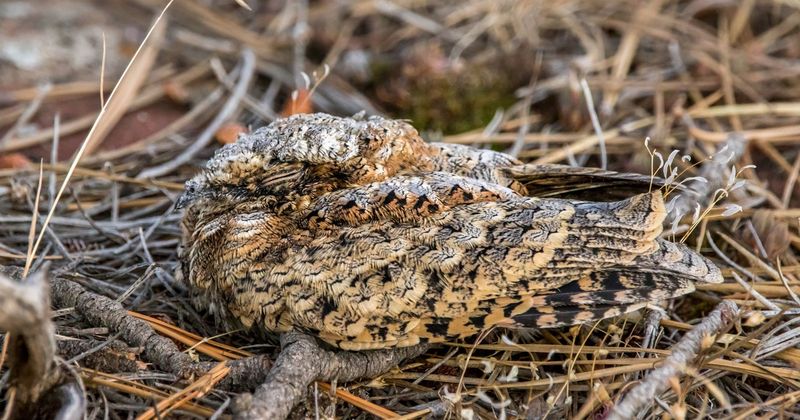
Known as one of the few birds that truly hibernate, the Common Poorwill takes a unique approach to winter survival. Nestled among rocks and leaves, it enters a state of prolonged torpor, slowing its bodily functions significantly.
This bird’s ability to blend seamlessly with its surroundings acts as a natural shield against predators while it rests. Interestingly, Native American cultures have long recognized its hibernating behavior, featuring it in folklore tales.
Fat-tailed Dwarf Lemur
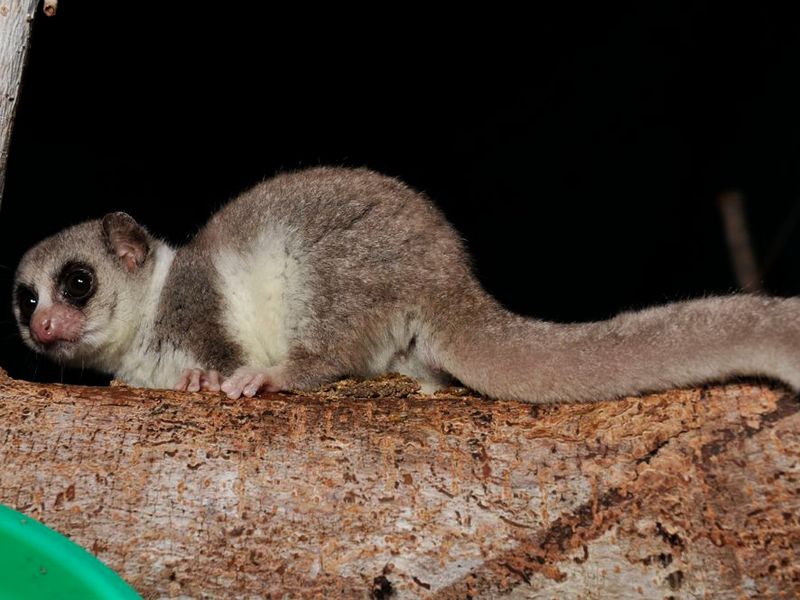
Native to Madagascar, the Fat-tailed dwarf lemur is remarkable for its ability to hibernate in tropical climates. It stores fat in its tail, which sustains it through months of inactivity in tree hollows.
The lemur’s adaptability showcases nature’s ingenuity, surviving despite the lack of typical cold triggers for hibernation. Scientists study these creatures to understand torpor in warm environments, offering insights into evolutionary biology.
European Hamster

The European hamster, with its cheeky demeanor and vibrant fur, prepares extensively for hibernation. It stores vast amounts of food in underground burrows to sustain itself during the cold months. In its burrow, the hamster enters a state of torpor, drastically reducing its metabolic rate to conserve energy.
Interesting fact: these little creatures can hibernate for up to six months! During this time, they wake periodically to feed on their stored supplies, ensuring survival until spring.
Leopard Gecko

Leopard geckos, native to arid regions, enter a state of brumation during cooler months. They reduce their activity and feeding, relying on fat reserves.
These geckos can adjust their body temperature to match their surroundings, a vital survival trait.
Here’s a fun fact: Leopard geckos have been observed basking during sunny winter days, soaking up heat to maintain their energy levels.
Snail
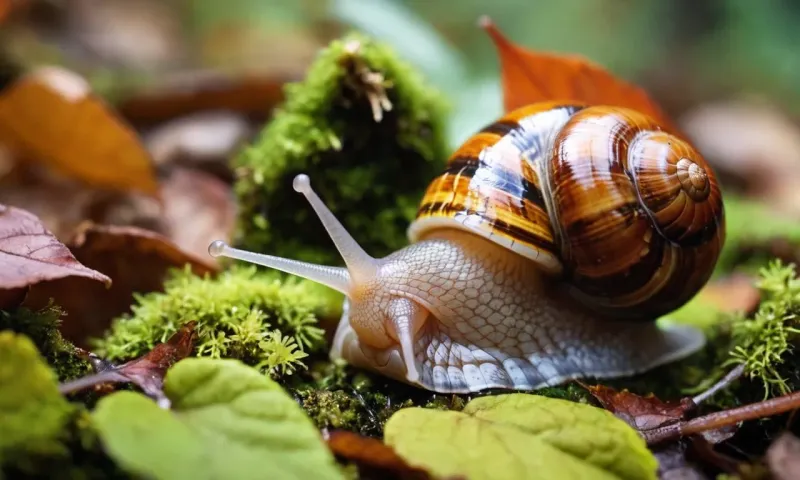
When cold weather sets in, many land snails enter a state of hibernation to survive the harsh conditions.
During this time, snails seal the opening of their shells with a protective layer of mucus called an epiphragm, which helps retain moisture and shields them from freezing temperatures.
Their metabolism slows dramatically, allowing them to conserve energy while remaining inactive for months. This remarkable adaptation enables snails to endure winter’s chill and emerge ready to thrive when warmth returns.
Bees
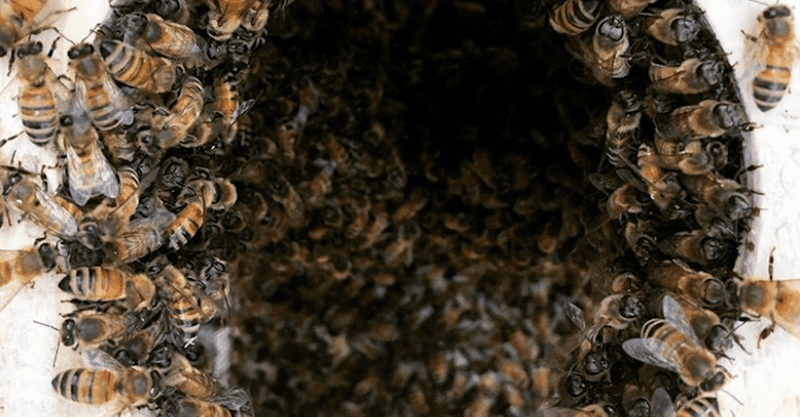
Bees, essential pollinators, have a unique winter strategy. They huddle together in hives, forming a cluster to maintain warmth.
The queen bee remains at the center, while worker bees rotate positions to ensure warmth and survival.
Did you know? Bees consume stored honey during winter, which fuels their energy needs until spring flowers bloom.
Ground Squirrel
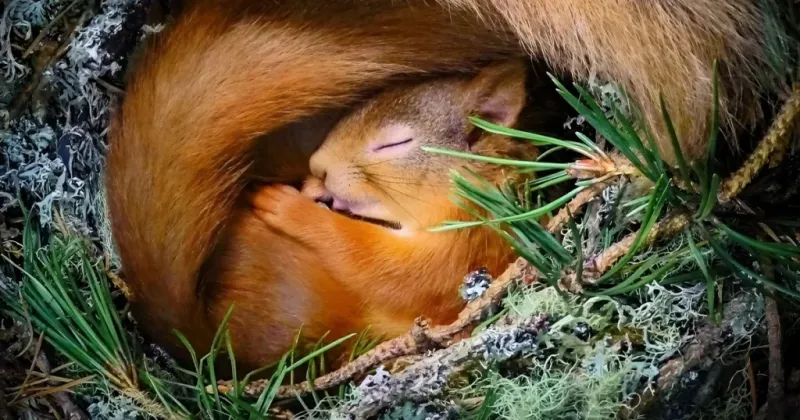
Ground squirrels are adept at surviving cold winters through true hibernation. They retreat to burrows, where their body temperature drops near freezing.
During hibernation, they utilize fat reserves, awakening occasionally to adjust their position.
An intriguing note: Ground squirrels are known to plug their burrow entrances with soil, providing additional insulation and protection from predators.

